Why do you need to wax your surfboard?
If you’ve recently bought yourself a new surfboard, probably the last thing you want to do is rub some gunky wax over it and “ruin” that shiny, smooth surface. But, unless you’ve just bought that board for show, that’s exactly what you’re going to have to do.
The wax gives you all the grip you need to ride your board – without this, forget surfing! It’s also key to make sure you get the right wax to go on your board depending on the temperature of the water you plan to surf in, this will give you the best possible grip and therefore the best performance.
Below you’ll find our top surfboard waxing tips and a temperature guide, and we have a full guide to waxing your surfboard to get you going!
Wax top tips
- Get yourself a bag with a wax pocket to keep your little bars of wax safe, as I’m convinced that wax have feet and the ability to walk away and never to be seen again…
- If you don’t have a base coat or can’t get hold of any, you can use Tropical Wax – these are basically the same thing, in fact I always use Tropical! But always make sure you’re using the correct temperature wax on top.
- I recommend re-waxing your board every season if you’re using it regularly, as it will ensure you’re getting the best out of your wax.
- Always fully de-wax it if you’re storing it up for a while (hopefully not!), that way it won’t take you long to chuck on a fresh coat the next time you decide to head out!
- You’ll know you need to rub a little more top wax on in between sessions when you start to feel the board getting slippy under your feet, or you can see it getting sparse.
- Avoid putting wax on your rails, as this will decrease your board’s performance.
Don’t wax your foamies
You shouldn’t need to wax a soft board, especially if they are new. I’d recommend using it first without wax and seeing how you get on, as most foamies have some sort of grip to them.
Wearing boots can also be enough of a help. The main reason I say this is because wax can be hard to get off a foamie, and it can go pretty nasty if you just pile it on and leave it!
If your foamie is a little slippy though, you can look into getting a traction pad or just apply a very fine layer of wax – you won’t need half as much as a hard board.
Surfwax temperature guide
All surf waxes generally come with a temperature rating, which relates to the stickiness of the wax and therefore the temperature it will perform best in. For example, if you decided to hit up the waves in Bali with cold water wax on your board, you'll quickly find it melts right off! On the other end of the spectrum, if you use warm water wax on the Northern coast of the UK, it won't be sticky enough to be grippy. As a general rule, you want stickier wax for cold water, and harder wax for soft water.
Here's a rough guide to what you should be looking for:
Cold: 15°C and below
Cool: 13-20°C
Warm: 18-23°C
Tropical (AKA Base): 24°C and above
Shop our Matunas wax here
--
Still got questions about surf wax? You can find out more about how to wax your surfboard here.
Written by Meg Ware
Updated on 4th May 2023
Originally published on 10th July 2019 in Surfing










































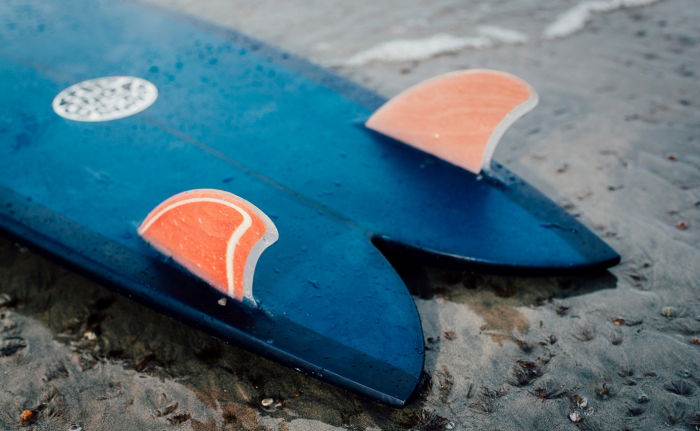






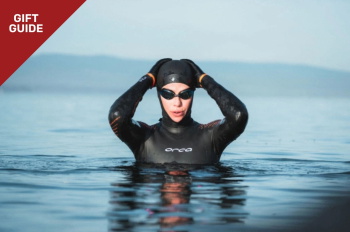

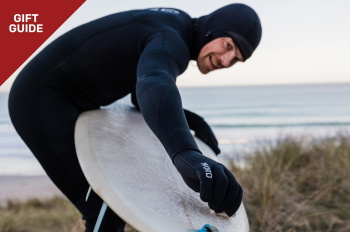
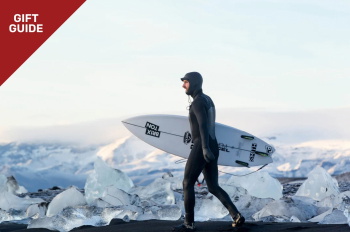

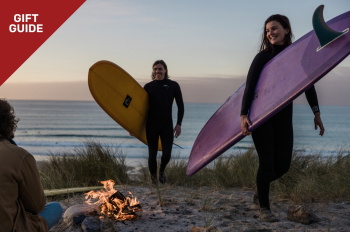
 Visit the US site
Visit the US site  Continuar al ES
Continuar al ES